Most of us just love high-speed lenses. And if it’s a 35mm lens, that’s even better. When it comes to prime lenses, it’s a typical example of the one lens that you’d take to an isolated island if you could only take one. While some may consider them fairly boring, they are simply very versatile. That is … if it wasn’t for the costs. Sony’s own FE 35mm f/1.4 GM sets you back by $1300 USD, placing it outside of the realm that is still accessible for most amateurs at least. However, a more affordable entry ticket is the Sigma 35mm f/1.4 DG DN ART, which sells for around $800 USD. That’s still not cheap, but certainly more approachable.
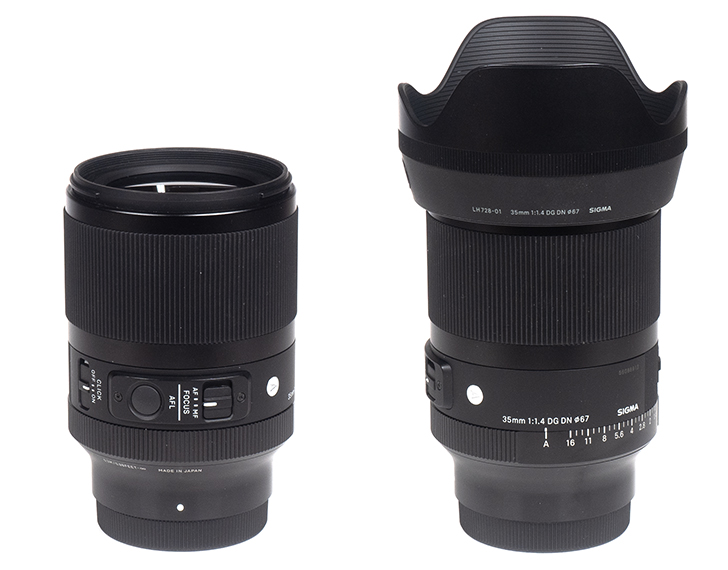
The Sigma lens is a member of the “ART” series targeting the higher end of the market – and that’s certainly reflected in its build quality. The lens body is made of a durable compound material with a huge, smoothly operating focus ring, a focus stop button and a de-clickable aperture ring. Like most higher-end lenses, it uses an inner focusing system, which, alongside dust and splash-resistant seals, helps to protect the lens. A lockable petal-shaped lens hood is part of the package.
The 35m f/1.4 DG DN ART uses a rather conventional stepping motor for autofocusing and manual focus-by-wire. The AF speed is still pretty high (on an A7R V, at least) despite the large and heavy lens elements.
| Specifications | |
|---|---|
| Optical construction | 15 elements in 11 groups (1x FLD, 1x ELD, 2x SLD, 2x aspherical) |
| Number of aperture blades | 11 (rounded) |
| min. focus distance | 0.3m (max. magnification 1:5.4) |
| Dimensions | φ75.5 × 111.5mm |
| Weight | 640g |
| Filter size | 67mm |
| Hood | petal-shaped (bayonet mount, supplied) |
| Other features | Aperture ring, aperture lock, de-click, focus stop button, dust and splash resistant, fluorine coating |
Distortions
The Sigma 35mm f/1.4 DG DN ART is already very well distortion-corrected in RAW images. There’s barely anything to do for the auto-correction system – which is a good thing because distortion correction is lossy.
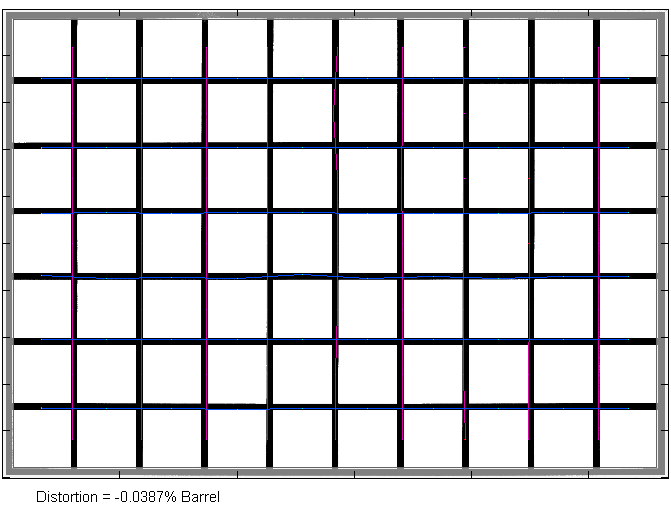
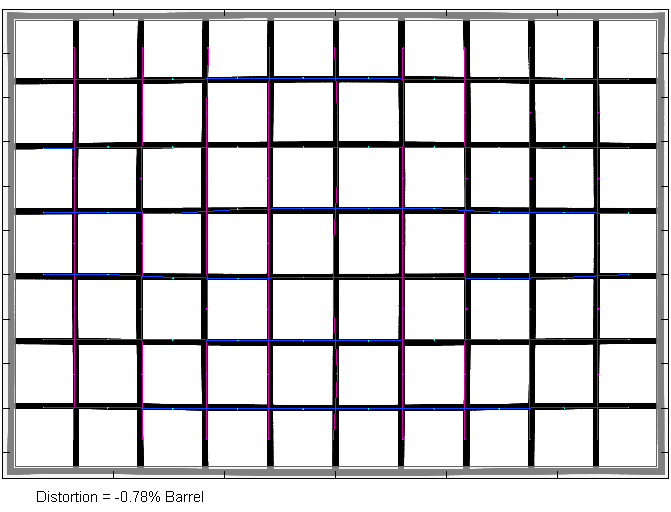
Vignetting
Ultra-large aperture lenses tend to produce very high vignetting at max aperture, and this also applies to the Sigma lens. In RAW images and f/1.4, the vignetting approaches 3EV (f-stops) in the image corners. Stopping down to f/2 cuts this down to 1.8EV, and it settles around 0.8EV at medium aperture settings.
Auto-correction reduces the vignetting by almost 1.5 EV (f-stops) wide open, and the light falloff is mostly gone from f/2.
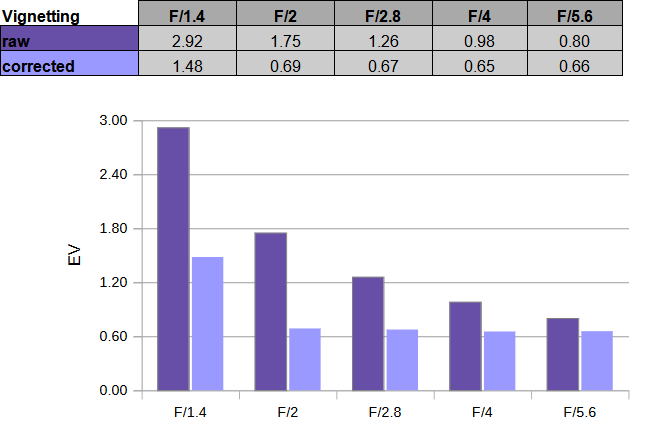
MTF (resolution) at 42 megapixels
The Sigma lens has an impressive resolution characteristic. At f/1.4, the broader center quality is already very good, and only the extreme corners are “merely” good. Stopping down to f/2 lifts the quality substantially and the best image quality is reached between f/2.8 and f/4. The center is then excellent, with a very good outer image field. Slight diffraction effects set in at f/8 with a stronger, but still usable, reduction in quality at f/11.
The field curvature is low. The centering quality of the tested sample was good.
Please note that the MTF results are not directly comparable across the different systems!
Below is a simplified summary of the formal findings. The chart shows line widths per picture height (LW/PH) which can be taken as a measure of sharpness. If you want to know more about the MTF50 figures, you may check out the corresponding Imatest Explanations.
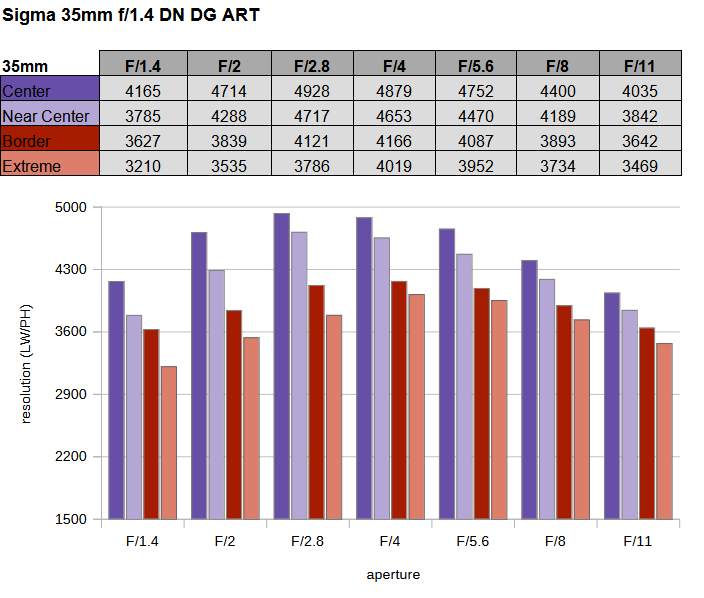
Chromatic Aberrations (CAs)
Lateral CAs have an average width of around 0.5px at the image borders. This is low and isn’t visually disturbing. Auto-correction can easily eliminate the rest.

Bokeh
Sharpness is one thing, but the rendering of the out-of-focus zones is just as important with such a lens.
Out-of-focus highlights are nicely rendered for a moderately wide prime lens. The inner zone of the discs is mostly clean. There’s a bit of an outlining effect at the edges of the discs. The circular shape (near the center) remains intact up to f/2.8 thanks to no less than 11 aperture blades.
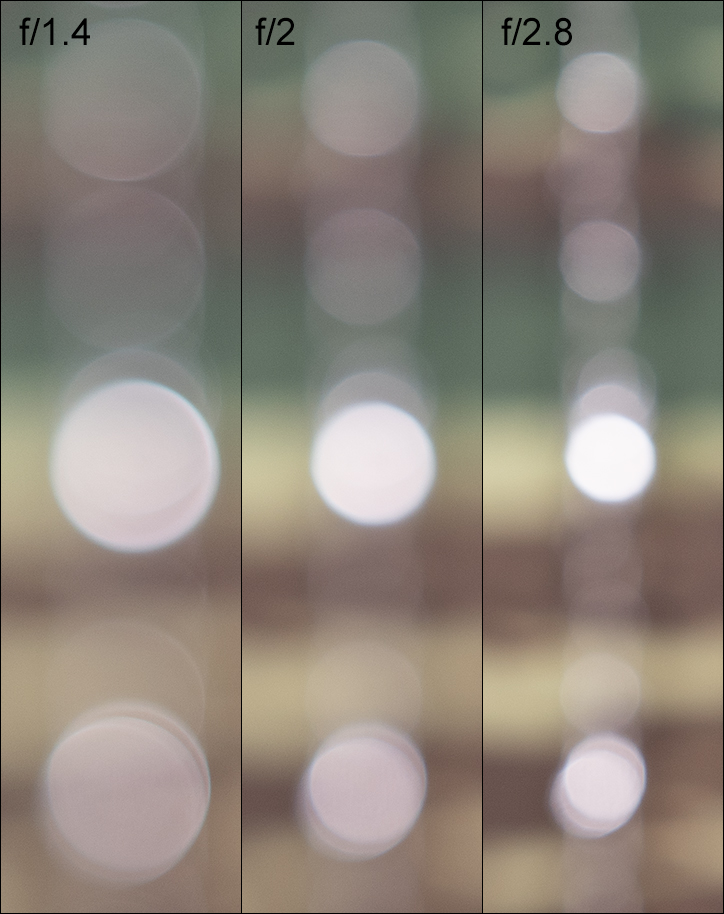
When looking at the highlight rendering across the whole image field, we can spot a deterioration from the circular shape toward the corners. However, the cat eyes aren’t sharply edged like on some other lenses but are comparatively pleasingly rounded.
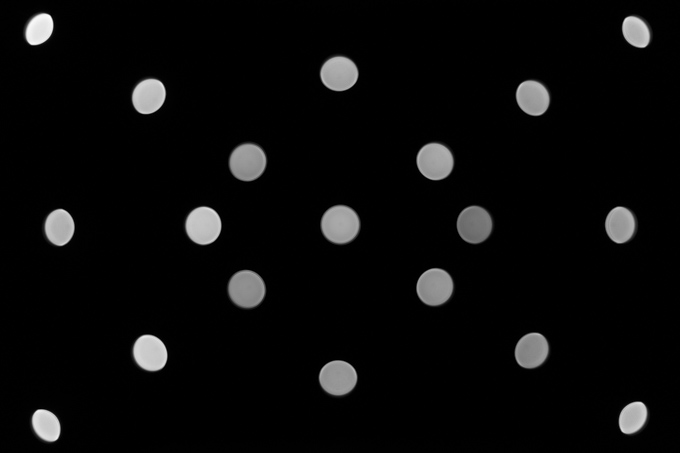
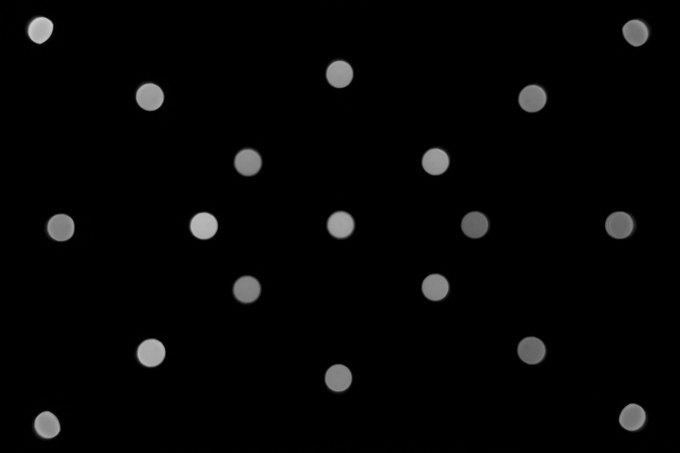


The rendering quality in the focus transition zone is impressive for such a lens. The more critical image background is smoothly rendered, and the foreground bokeh is also pretty good.
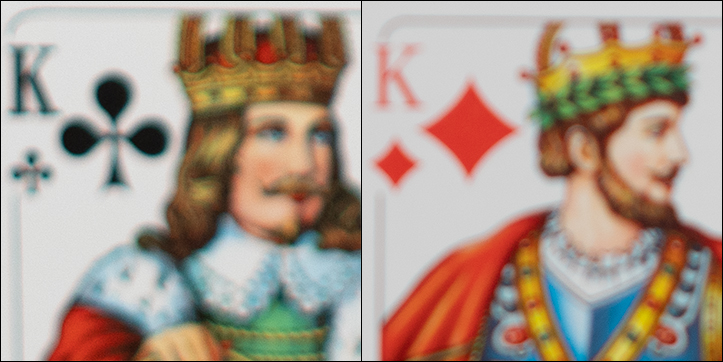
Bokeh Fringing / LoCA
LoCAs, or bokeh fringing, is a color fringing effect on the Z-axis. It shows up with a purplish tint in front of the focus point and a greenish tint behind – and it’s nearly impossible to fully correct in post.
This is possibly the weakest aspect of the Sigma lens. At f/1.4, the color tint is very obvious. As usual, stopping down helps but the issue is still visible at f/2. Traces remain at f/2.8, and the LoCAs are gone from f/4.
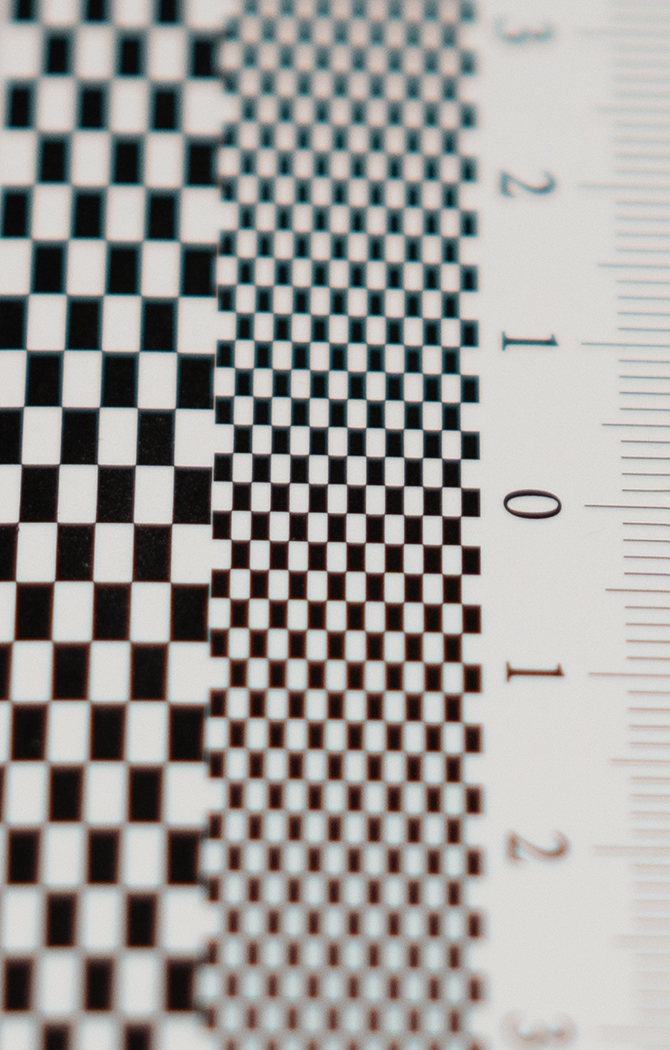
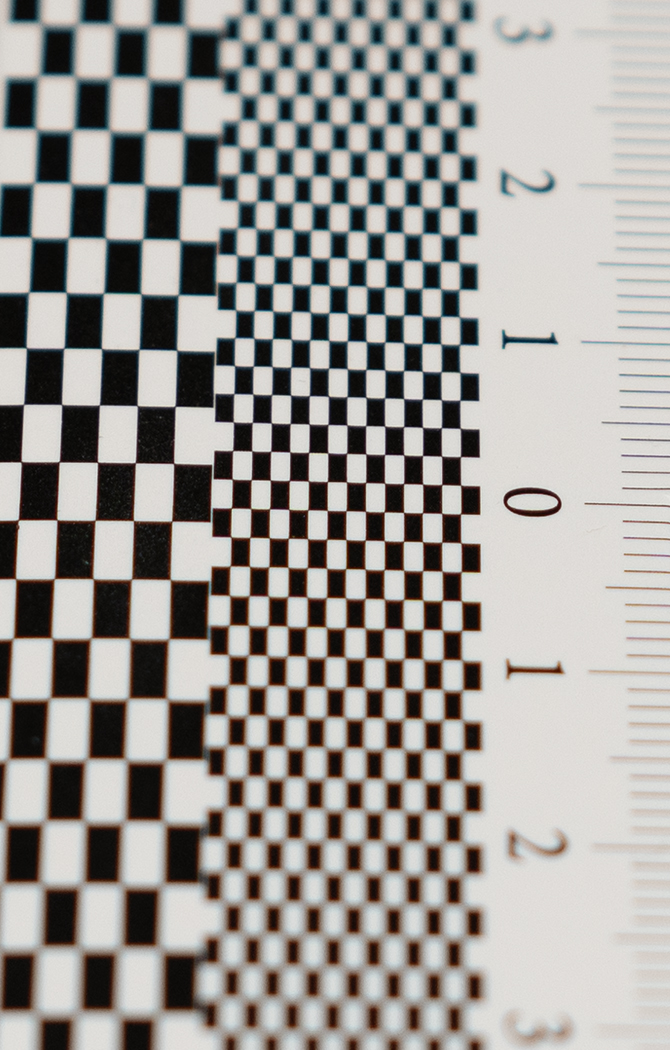
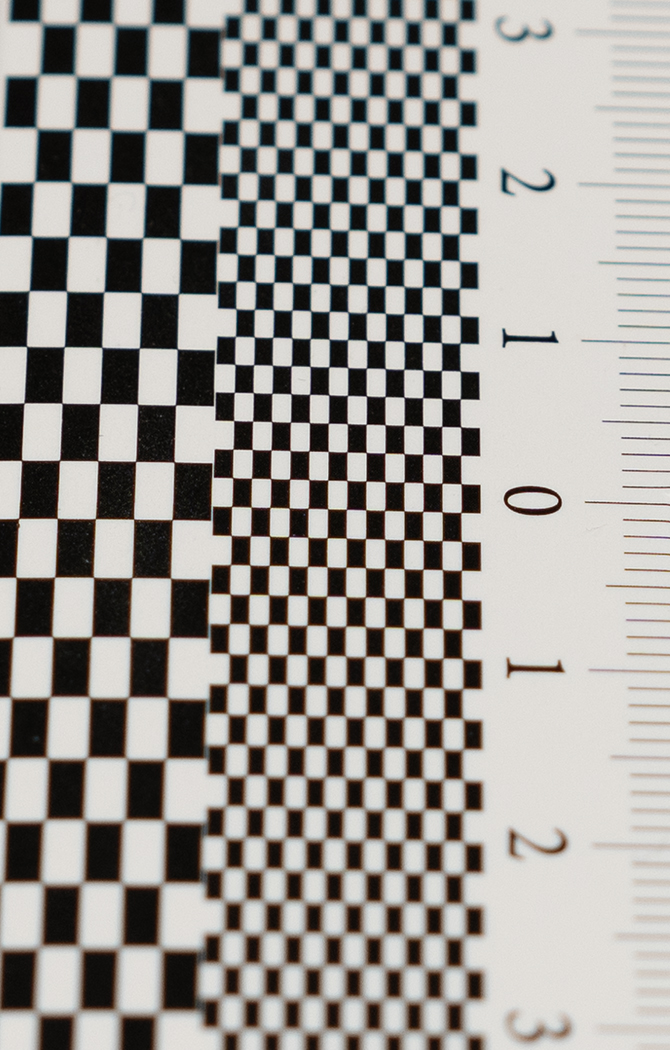
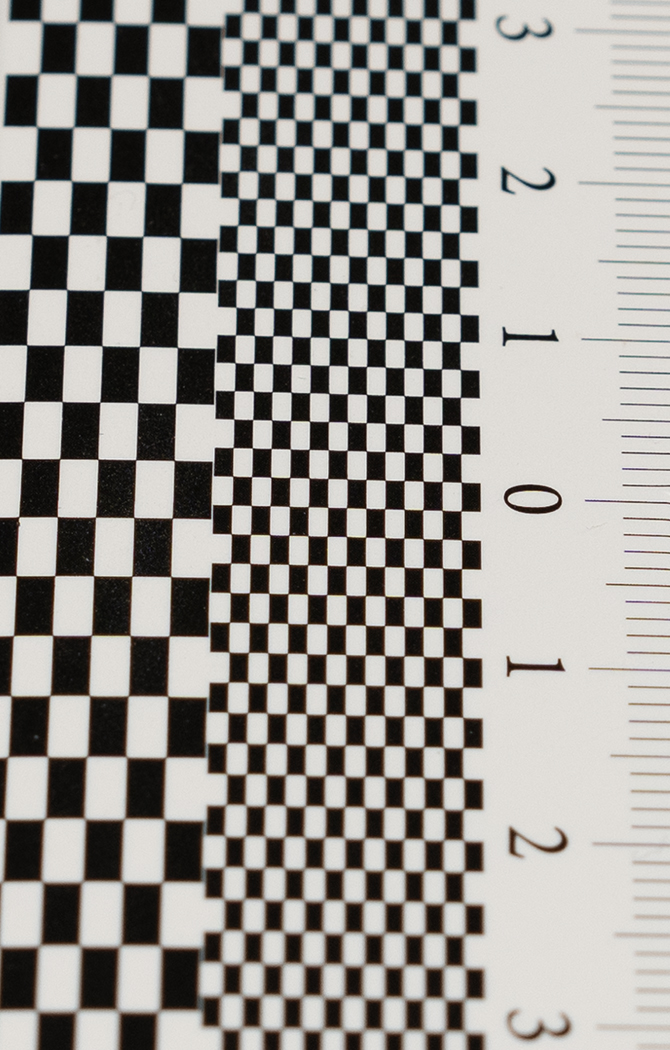
Sun Stars
Sun stars are an aperture effect that is produced when shooting pointy light sources – typically during nighttime.
As mentioned, the Sigma lens uses no less than 11 rounded aperture blades to optimize the bokeh – which means that sun star rendering wasn’t really a priority during the design phase.
There aren’t any “usable” rays from f/1.4 to f/8. Things improve at f/11, with the best results at f/16. However, even at f/16, the rays are fairly subdued in strength.

Competition
As always with Sony E-mount, users have a variety of choices in this lens segment. There is, of course, Sony’s own FE 35mm f/1.4 GM (2nd left). We haven’t tested it yet (coming soon), but you can expect it to be on the same level – albeit at a higher price tag. The Sony lens is somewhat more compact and lightweight, though. Sigma has two high-speed 35mm, with the other one being the 35mm f/1.2 DG DN ART (2nd right) – it’s an even faster alternative, but it’s also a huge lens and not necessarily optically better. If you prefer Zeiss colors, there’s also the old Zeiss Distagon T* FE 35mm F1.4 ZA (far right). It’s not quite as good as the more modern Sony GM lens, though. Not shown is the Samyang AF 35mm f/1.4 II, which is the weakest of the bunch but more affordable.
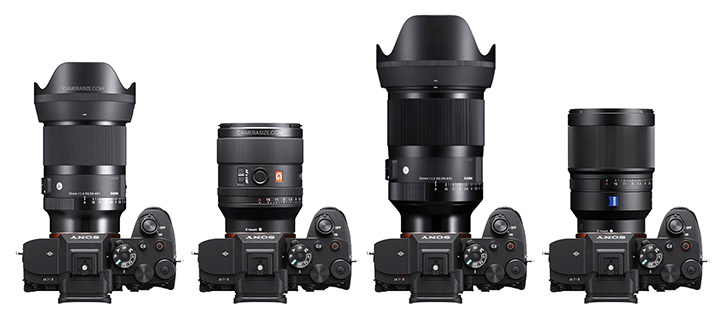
Sample Images
Sigma is a big fan of prime lenses. As of the time of this writing, they are offering no less than 24 prime lenses for E-mount - and they obviously know what they are doing. The Sigma 35mm f/1.4 DG DN ART is another great option for high-speed prime lovers. The lens produces excellent results in most criteria. It's already sharp at f/1.4 and impressively so at medium aperture settings. Lateral CAs and image distortions are very low. Another highlight is the nice rendering of the bokeh. The vignetting is typical for a lens in this class. Weaker aspects are LoCAs and sun star rendering.
The build quality is excellent and comparable to the best professional OEM lenses. Needless to say -it also uses a dust- and splash resistant design. The AF is fast and noiseless, with the usual caveat that this also heavily depends on the camera.
Overall, Sigma has another winner here, and it's even affordable relatively to the performance. Unless you really want to smaller form factor and brand recognition of the Sony 35mm f/1.4 GM, it is an obvious choice.
-
Optical Quality
-
Build Quality
-
Price / Performance


